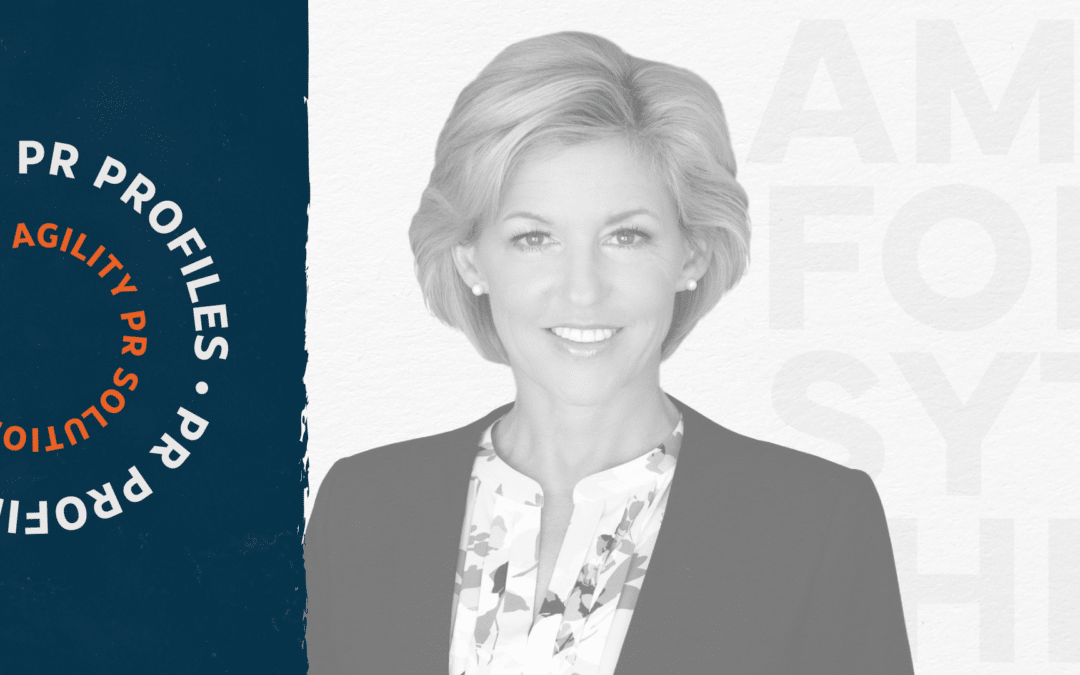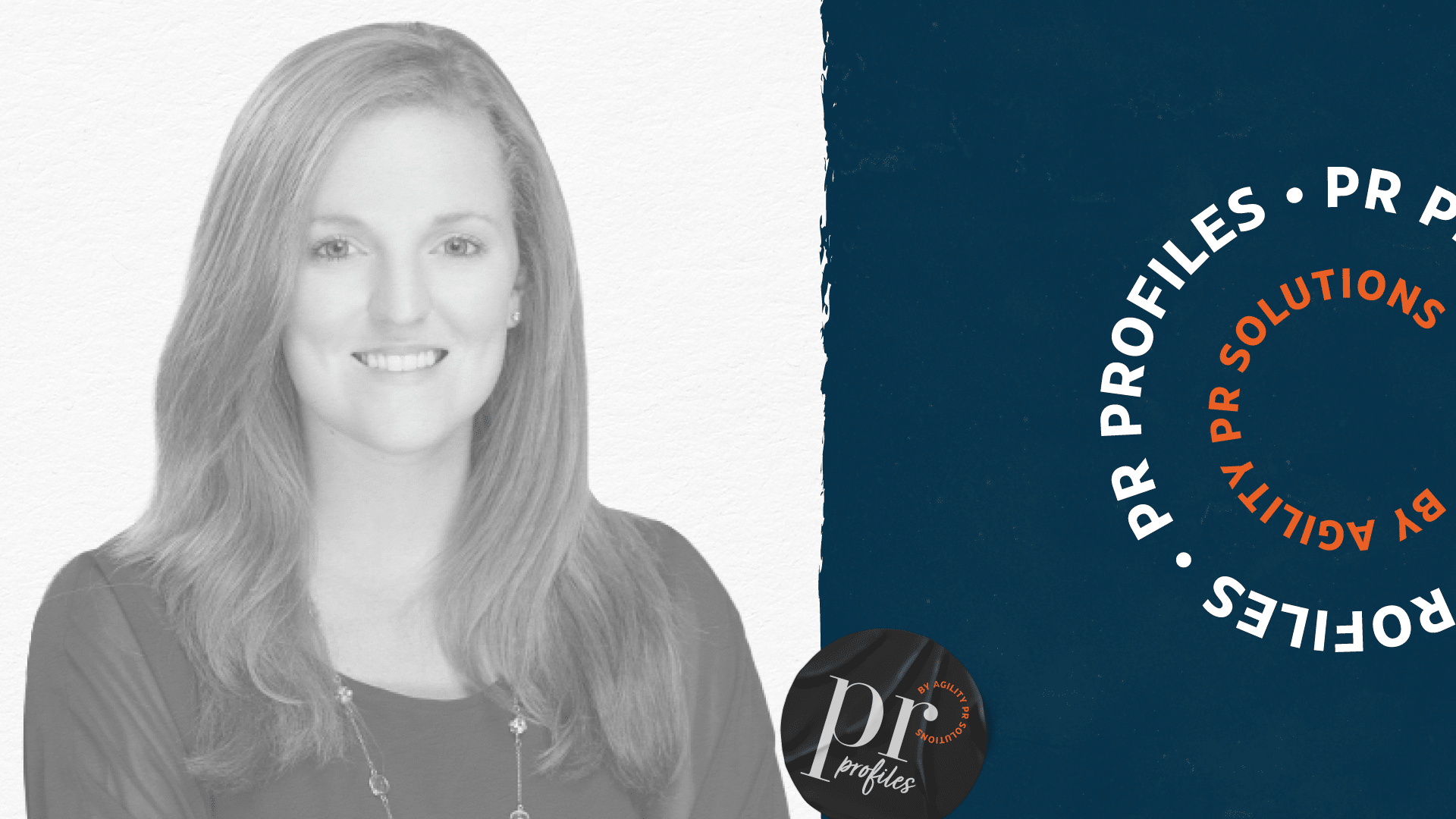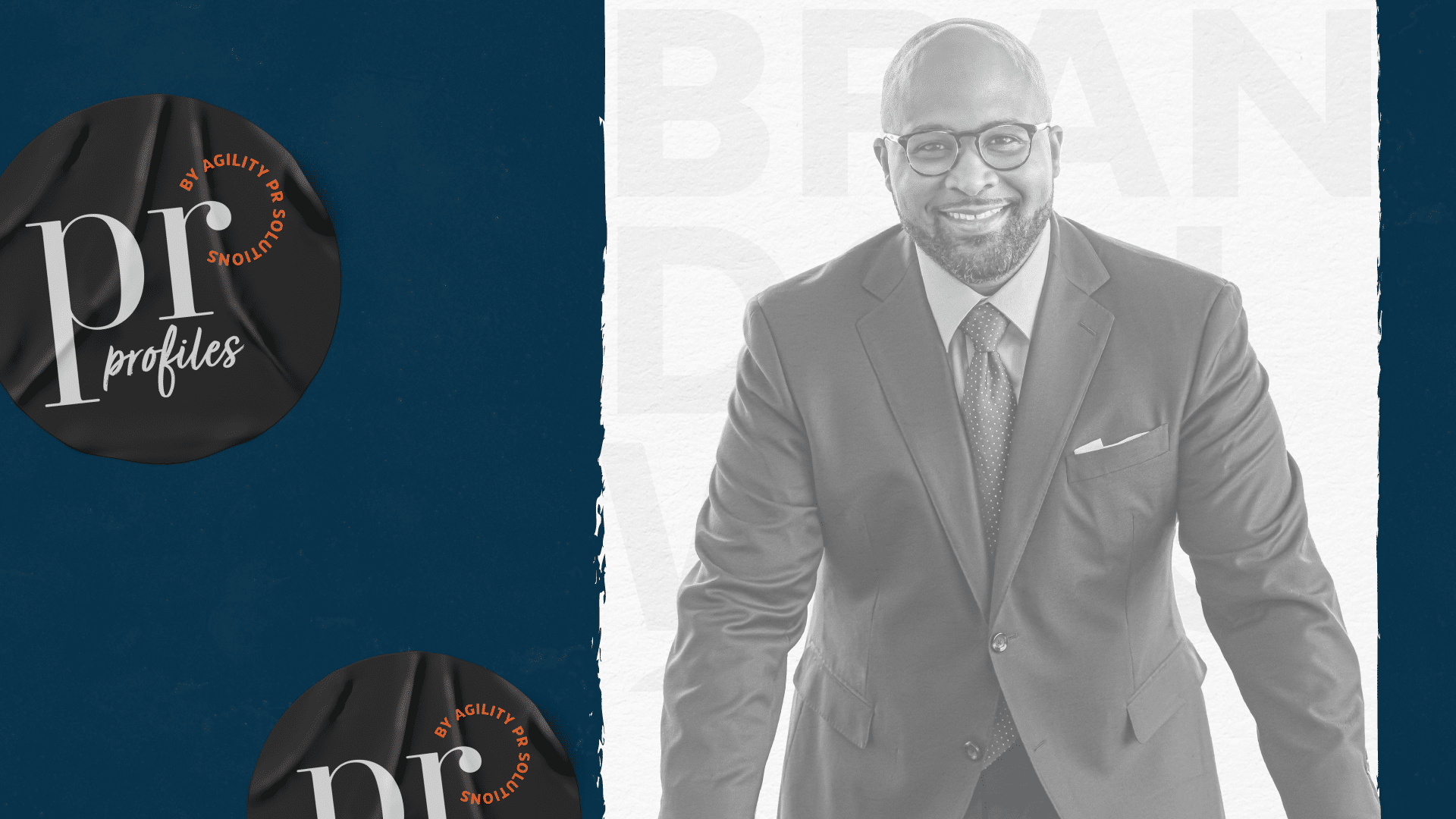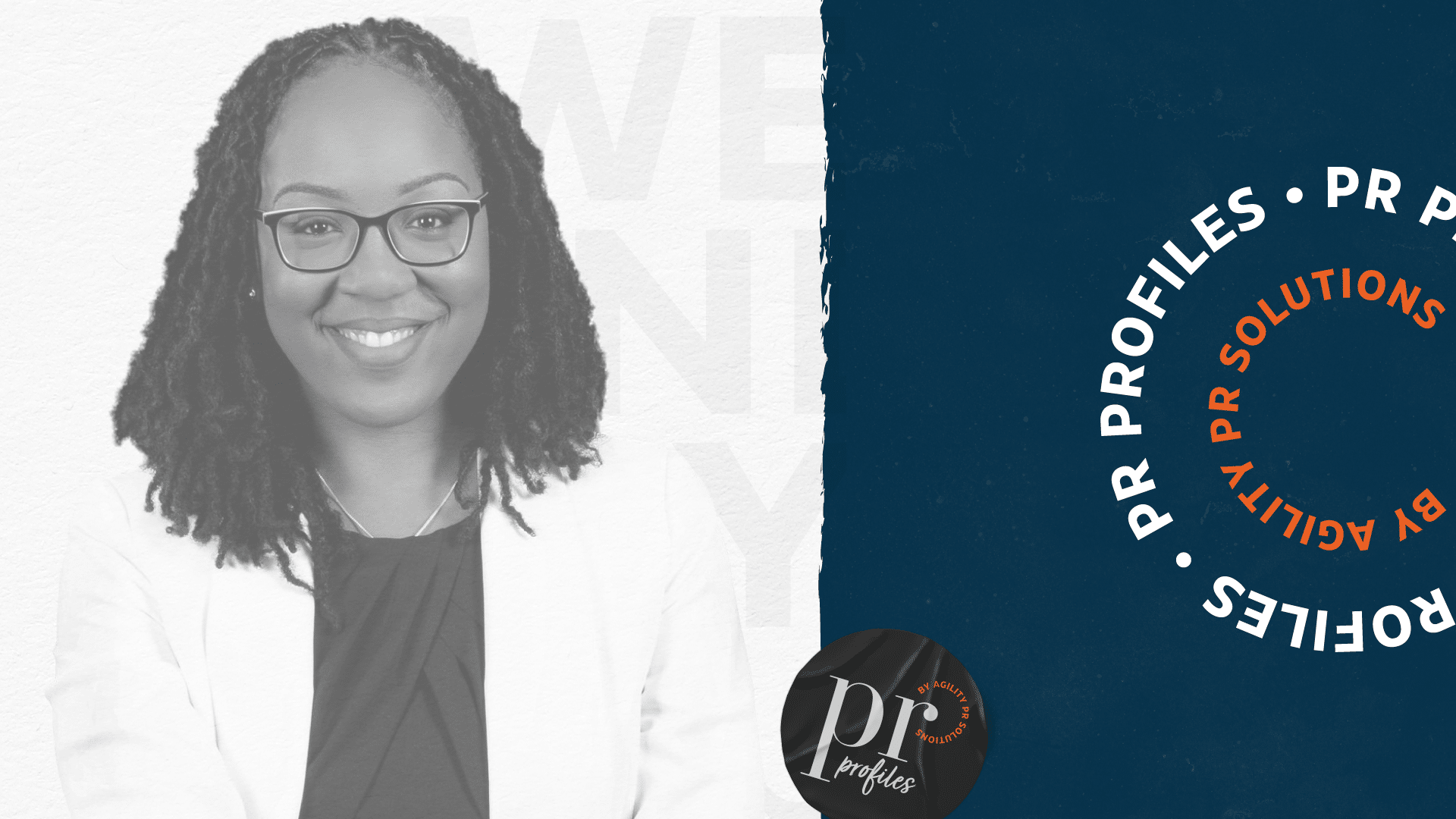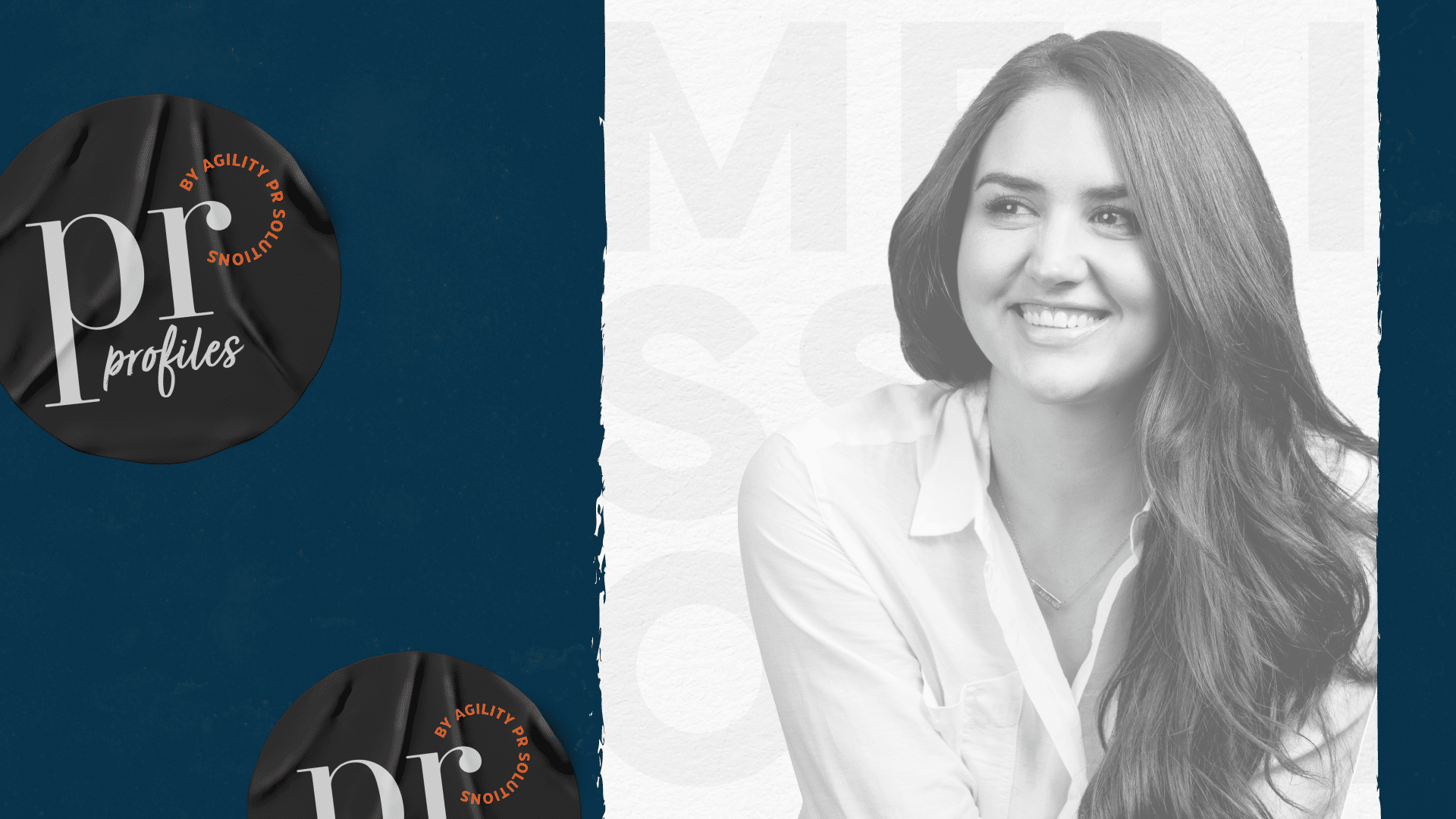Working with international media and the value of aligning PR with HR
“I couldn’t have asked for a better way to serve my country,” says Amy Forsythe, Public Affairs Officer at the U.S. Navy Reserve, and author of Heroes Live Here, during her interview for the PR Profiles podcast. “Working with literally thousands of military members throughout my career and doing hundreds of interviews and working with media to match them with the right story at the right time has just been a career highlight for me.”
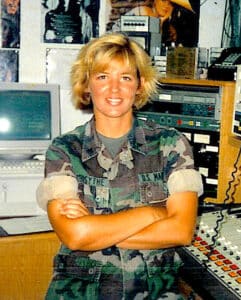
Amy in 1994
Tapping into the right spokespeople—often the sailors themselves—is one of the ways Public Affairs amplifies the U.S. Navy’s brand and reaches future sailors. “Public affairs, HR, and recruiting go hand in hand because the recruiters can’t attract top talent if we’re not telling those stories of pride, patriotism, and service to your country,” says Amy. She finds that influencers within the military often best inspire the next generation. “The military has a lot of these outstanding content creators—from all ranks, from the junior people to the senior leaders in our military—and they are sharing their stories every day. It’s a kind of a sneak peek about the things that they are passionate about. People really latch onto that.”
Amy herself is another spokesperson for the U.S. Navy, sharing with us her own story of pride, patriotism, and service, which began in 1993 as a U.S. Marine combat correspondent.
To become a military journalist or public affairs officer, the military has a training pipeline that begins at the Defense Information School located at Fort Meade, Maryland. “Training courses can last anywhere from a couple weeks to three, four, maybe even six months,” says Amy. “It depends on your specialty, but this is top notch, second-to-none journalism training, real world experiential training that you can only really get at what they call the Schoolhouse. It has a long legacy and has produced many top journalists and celebrities that have gone on to serve and work in the media industry.”
Amy spent eight years on active duty as a correspondent and completed five combat tours in Iraq and Afghanistan. While there, Amy and other personnel, “worked closely with their media and went to their TV stations and they really looked to us for guidance on [journalism practices].” Amy says that being able “to partner with them, talk about journalism… and carve out and dedicate time for some mentoring and coaching with the media in Iraq and Afghanistan” was another of her career highlights.
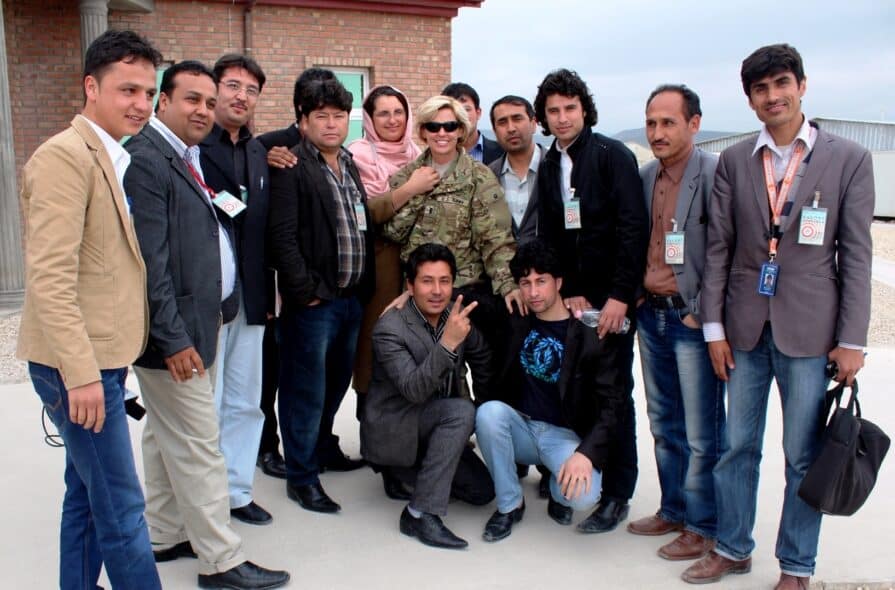
Amy with members of the Afghan media
Amy’s service has also taken her to Sri Lanka, Poland, Malaysia and more, where she’s similarly worked with local media. “The [common] thread is that journalists all want the same thing: equal access to the stories,” says Amy.
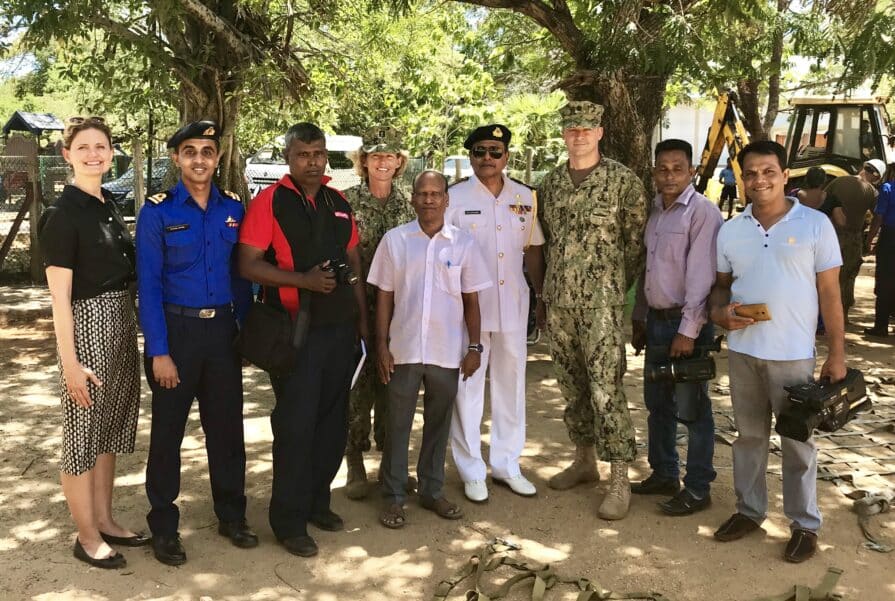
Amy in 2017, Sri Lanka Media Day
Partnering with international media is about meeting in the middle. “The locals know best about how they want to cover the story… Just like in the U.S. Military, every nation has its own communications team, but we all have the same goal in mind and that’s to showcase our own military capabilities and our partnerships and cooperation to advance the goals and the mission of why we’re doing partner training,” says Amy. “So, when we do respond to a humanitarian crisis or a contingency of any kind, we’re already speaking the same language and we know how to better work together.”
The full interview with Amy is available on Spotify, Apple Podcast, or on the Agility PR Solutions YouTube channel.

